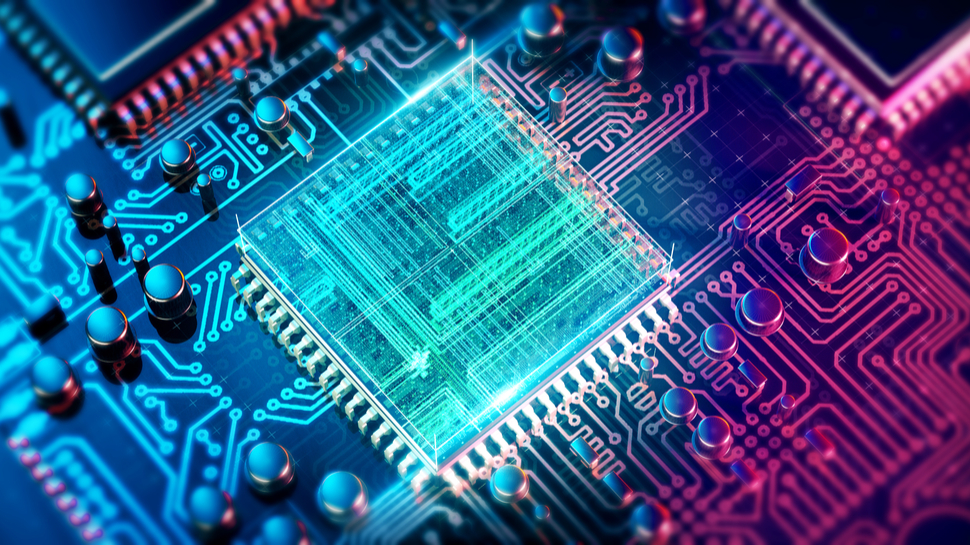Quantum computing breakthrough paves the way for powerful new machines
New breakthrough tackles quantum coherence

Researchers from the University of Copenhagen have allegedly made a breakthrough discovery that could bring the mainstream adoption of quantum computers a lot closer to reality.
According to a report from Tom’s Hardware, the scientists have designed a system that allows for the simultaneous operation of all qubits - without threatening quantum coherence.
To make quantum computers a lot more attractive, especially for the mainstream, they need to satisfy two key elements - scaling and stability. In other words, the number of qubits needs to grow (scaling), because with them grow the computing capabilities of the device, and they need to operate in absolute stability, as that affects the accuracy of the results. The former challenge has been addressed (relatively speaking), as the number of qubits in quantum computers has been steadily rising.
That leaves the problem of stability - or as researchers call it - quantum coherence.
Now, researchers from the Danish university are saying they’ve solved the issue in one particular type of qubit, called “spin qubits”.
Stabilizing quantum computers
"Now that we have some pretty good qubits, the name of the game is connecting them in circuits which can operate numerous qubits, while also being complex enough to be able to correct quantum calculation errors," says Anasua Chatterjee, a member of the research team. "Thus far, research in spin qubits has gotten to the point where circuits contain arrays of 2x2 or 3x3 qubits. The problem is that their qubits are only dealt with one at a time."
Here’s where it actually gets tricky (if it wasn't already) - until today, manipulating a single cubit meant the results of the computations surrounding it were no longer accurate. As Tom’s Hardware explains it, you cannot read a letter until you open the envelope. Opening the envelope essentially means changing its status, and that’s pretty much what happens to qubits when you try to read them.
Are you a pro? Subscribe to our newsletter
Sign up to the TechRadar Pro newsletter to get all the top news, opinion, features and guidance your business needs to succeed!
This new research has gone to show a way to operate - and measure - the entire qubit subsystem without deviating the results.
Chaterjee states, "The new and truly significant thing about our chip is that we can simultaneously operate and measure all qubits. This has never been demonstrated before with spin qubits — nor with many other types of qubits."
One major caveat of the system is that it requires manual tuning of 48 control electrodes in order to work. The next step in the research is to see whether AI could be deployed to keep the system tuned, without the need for human intervention.
Sead is a seasoned freelance journalist based in Sarajevo, Bosnia and Herzegovina. He writes about IT (cloud, IoT, 5G, VPN) and cybersecurity (ransomware, data breaches, laws and regulations). In his career, spanning more than a decade, he’s written for numerous media outlets, including Al Jazeera Balkans. He’s also held several modules on content writing for Represent Communications.